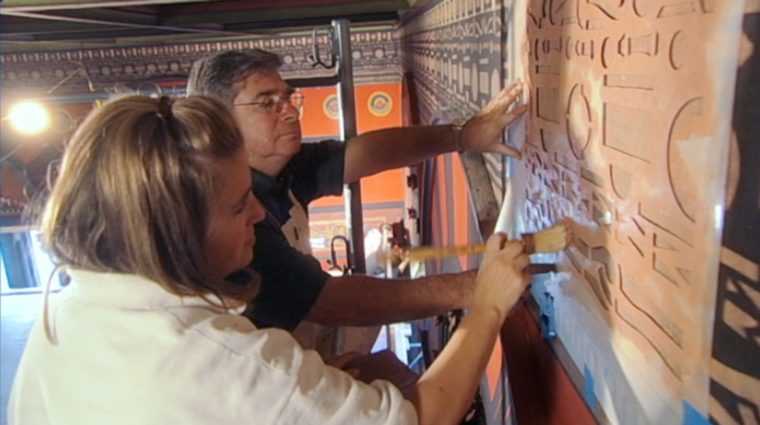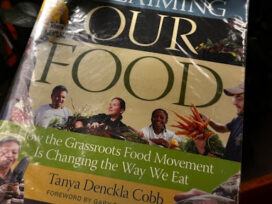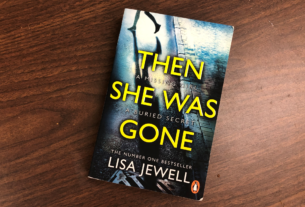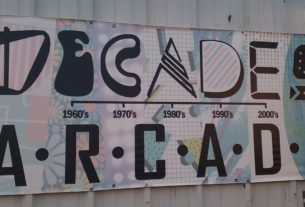
Films Talk Back: Recognizing the Achievement of Local Filmmakers
Although they could have been anywhere else on a Friday night, 20 people scattered themselves among the seats at the main stage in the Dickinson building. Fenella Belle, associate professor of art, introduced the movie, and the lights dimmed. No one uttered a word until the end of the credits.
Good Work: Masters of the Building Arts highlights artisans in the building trades, letting them tell their story. “My mind is crawling with plaster,” said Earl Barthé, a plasterer from New Orleans. He was the first of 10 artisans showcased in the film. He could not hide his pride as he showed that his grandson had begun his plastering apprenticeship.
Afterwards, the setting shifts to Washington National Cathedral. Dieter Goldkuhle, through a thick German accent, talks about his “intimate acquaintance” with stained glass, while looking over the thin-rimmed glasses resting on the edge of his nose. He makes sure to differentiate himself from the artist who first designed the stained glass windows. He considers himself like “a builder to an architect, or a musician to a composer.” Yet, he takes great pride in the work he does to maintain the spirit of those who came before him.
In a panel discussion at the Washington National Cathedral, Paul Wagner, co-director and co-producer of the film, said, “It is about the work, but it is also about the relationship these people have to the work.”
For the decorative painter John Canning, he feels like “a link between the past, the present, and the future.” He learned the trade in Scotland from elder tradesmen who were like father figures to him. Now, he passes on his knowledge to his daughter, Jacqueline Canning-Riccio. As early as kindergarten, she would accompany her dad to his jobs. Now, they work side by side.
Albert Parra and his brothers return to Abiquiu, New Mexico, every year to restore the almost 300-year-old morada. After a full year of rain and wind, the chapel’s mud walls become part of the earth that surrounds the structure. Parra, when asked why he doesn’t just redo the building with concrete, said, “The building would die.” He and his brothers keep the building alive by re-coating the exterior with dirt from the ground mixed to make mud. “If it’s gonna make it to its 300th anniversary, we have to keep this up,” he said. The reason they are so devoted is because the morada is a piece of cultural and family history. They restore it to make sure their ancestors’ work is not in vain.
“We need to find the beauty in what we do every day,” said Wagner, on the main themes of the documentary. After the film was over, he said that it had been five or more years since he watched it last. He said that it was like “visiting with old friends.” He also said that the footage was filmed over 10 to 12 years. Some of the artisans have since died, but Parra and his brothers still return to New Mexico every year to restore the morada.
Good Work is available for purchase on Amazon, and Wagner mentioned that his team may release it for free viewing on YouTube. There will be one more Films Talk Back event this semester, on Nov. 17. It will feature a film by local filmmaker Lori Shinseki, and a Q&A afterwards with her and Aaron Miller, associate professor of art at PVCC who worked on illustrations that were used in the film.







